-
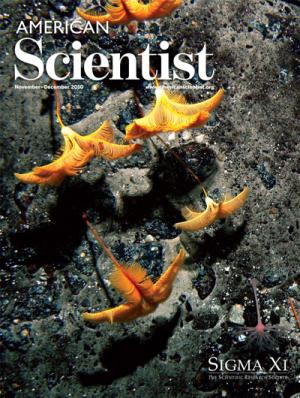
November-December 2010
Volume: 98 Number: 6
-
"An Empire Lacking Food," by Craig McClain
-
"The Anatomy of a Neutron," by Timothy Paul Smith
-
"The 95 Percent Solution," by John Falk and Lynn Dierking
-
-
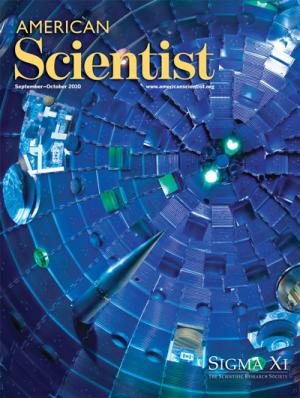
September-October 2010
Volume: 98 Number: 5
-
"Evolution on a Frozen Continent," by David Lambert, Craig Millar, Siva Swaminathan and Carlo Baroni
-
"High-power Lasers," by Todd Ditmire
-
"A Bigger, Better Brain," by Maddalena Bearzi and Craig Stanford
-
"Gifts and Perils of Landslides," by Kenneth Hewitt
-
-

July-August 2010
Volume: 98 Number: 4
-
"Ivermectin and River Blindness," by Philip A. Rea, Vivian Zhang and Yelena S. Baras
-
"Liquid Fluoride Thorium Reactors," by Robert Hargraves and Ralph Moir
-
"Wiggling Through the World," by Daniel I. Goldman and David L. Hu
-
"Science After the Volcano Blew," by Douglas W. Larson
-
-
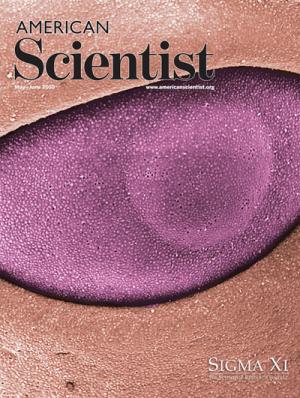
May-June 2010
Volume: 98 Number: 3
-
"To Signal Is Human," by Alex (Sandy) Pentland
-
"Revealing the True Solar Corona," by Richard Woo
-
"Development Influences Evolution," by Katherine Willimore
-
"To See for One's Self," by Darin L. Wolfe
-
-
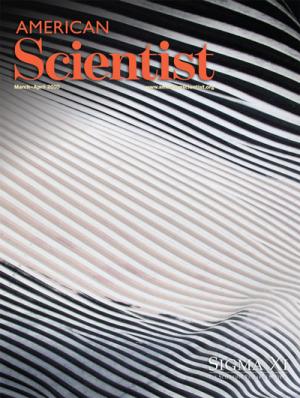
March-April 2010
Volume: 98 Number: 2
-
"The Ultimate Mouthful: Lunge Feeding in Rorqual Whales," by Jeremy A. Goldbogen
-
"The Race for Real-time Photorealism," by Tomas Akenine-Möller and Henrik Wann Jensen
-
"Gene-Culture Coevolution and Human Diet," by Olii Arjamaa and Timo Vuorisalo
-
"Finding Alzheimer's Disease," by Ralf Dahm
-
-
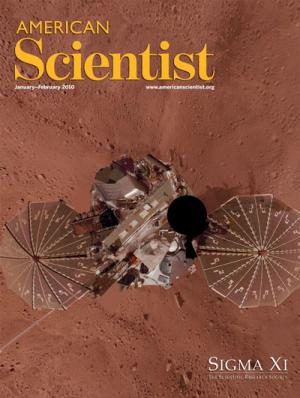
January-February 2010
Volume: 98 Number: 1
-
"Assessing Risks from Bisphenol A," by Heather Patisaul
-
"Phoenix on Mars," by Walter Goetz
-
"Neural Interfaces," by Warren M. Grill
-
"Carbon Dioxide and the Climate," by James Rodger Fleming and Gavin Schmidt
-